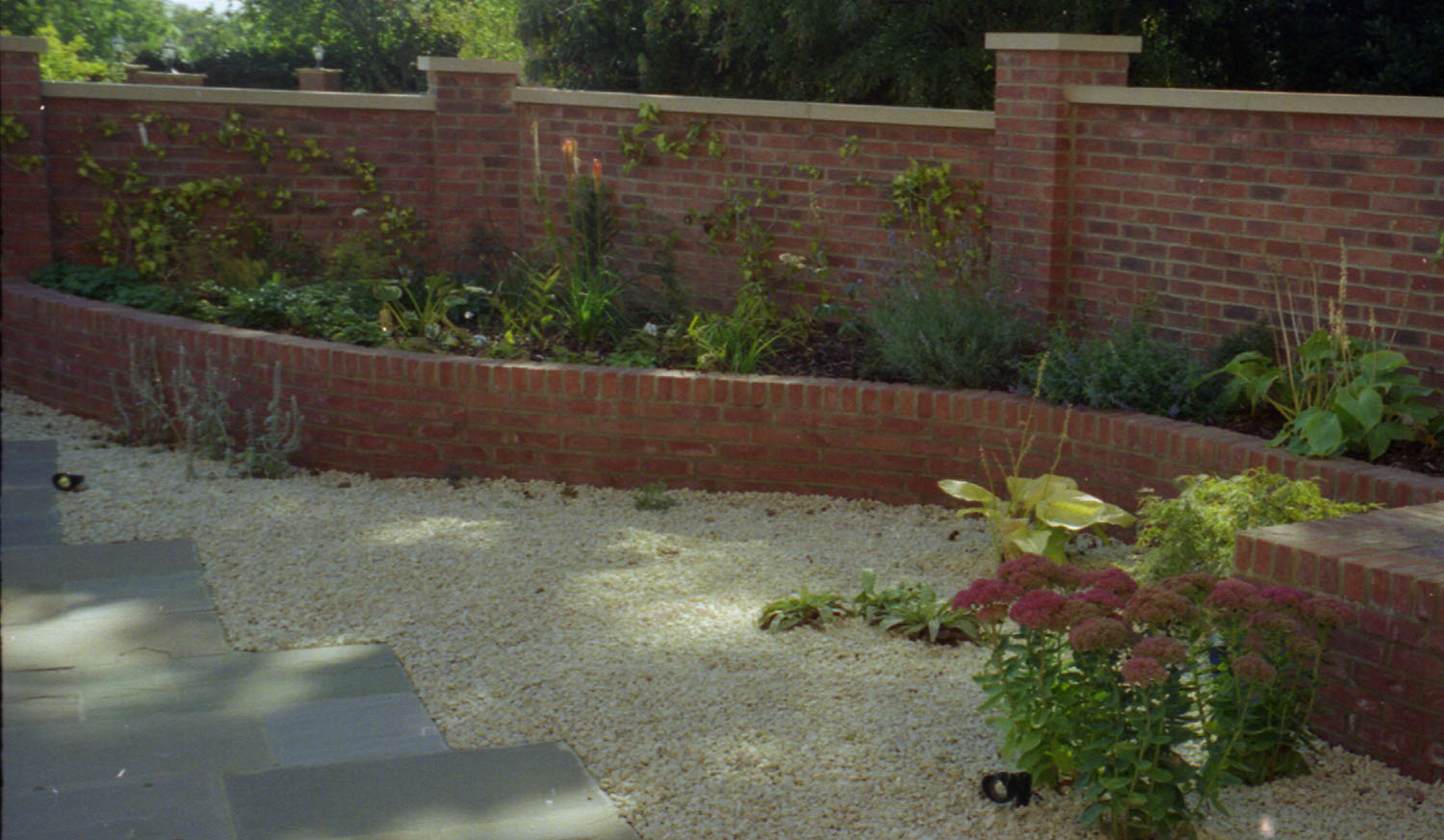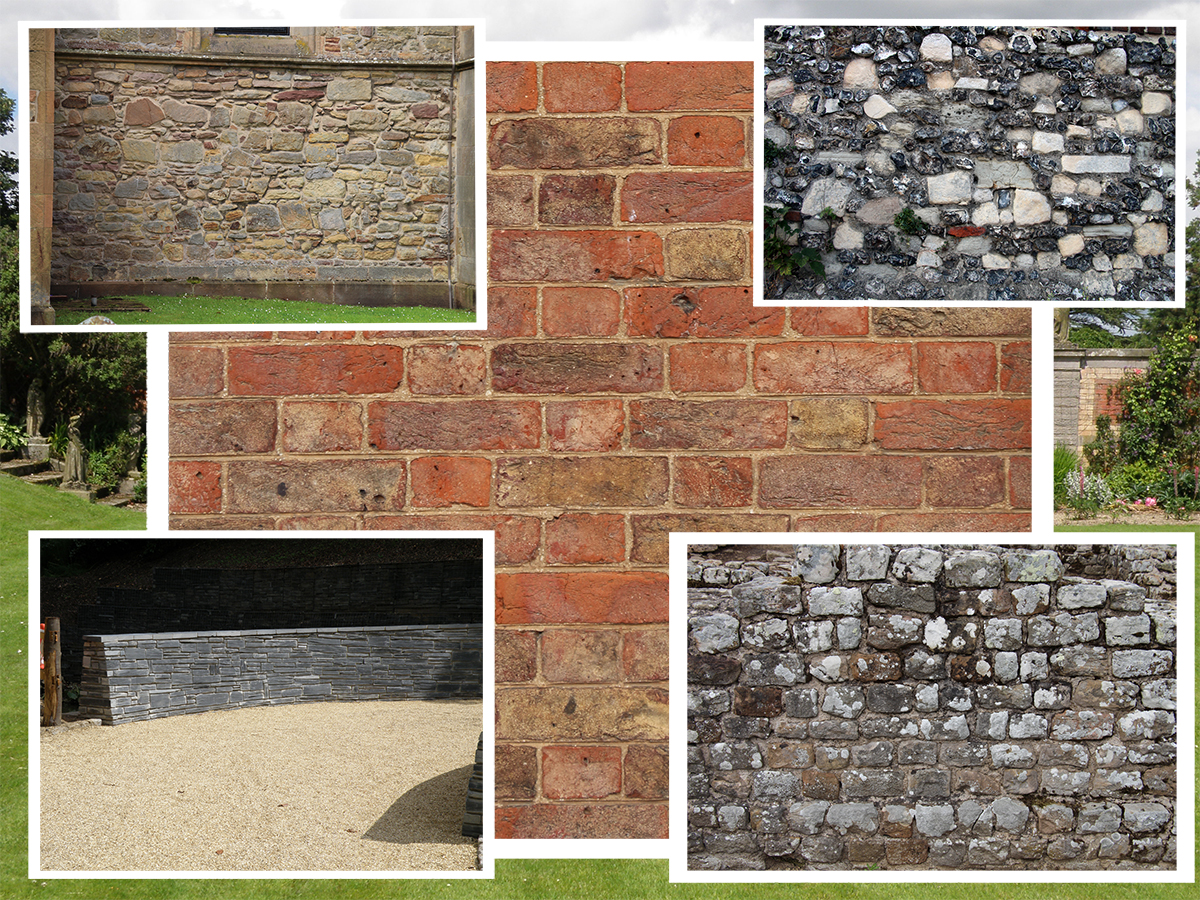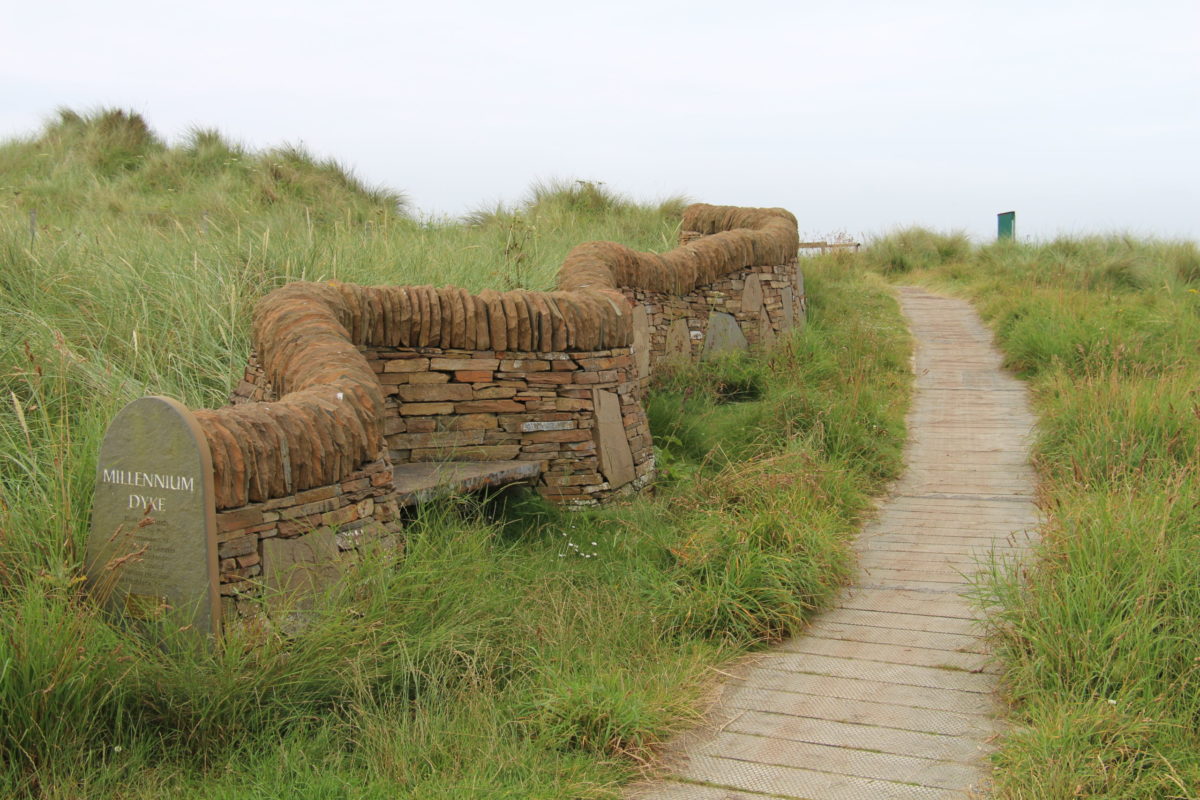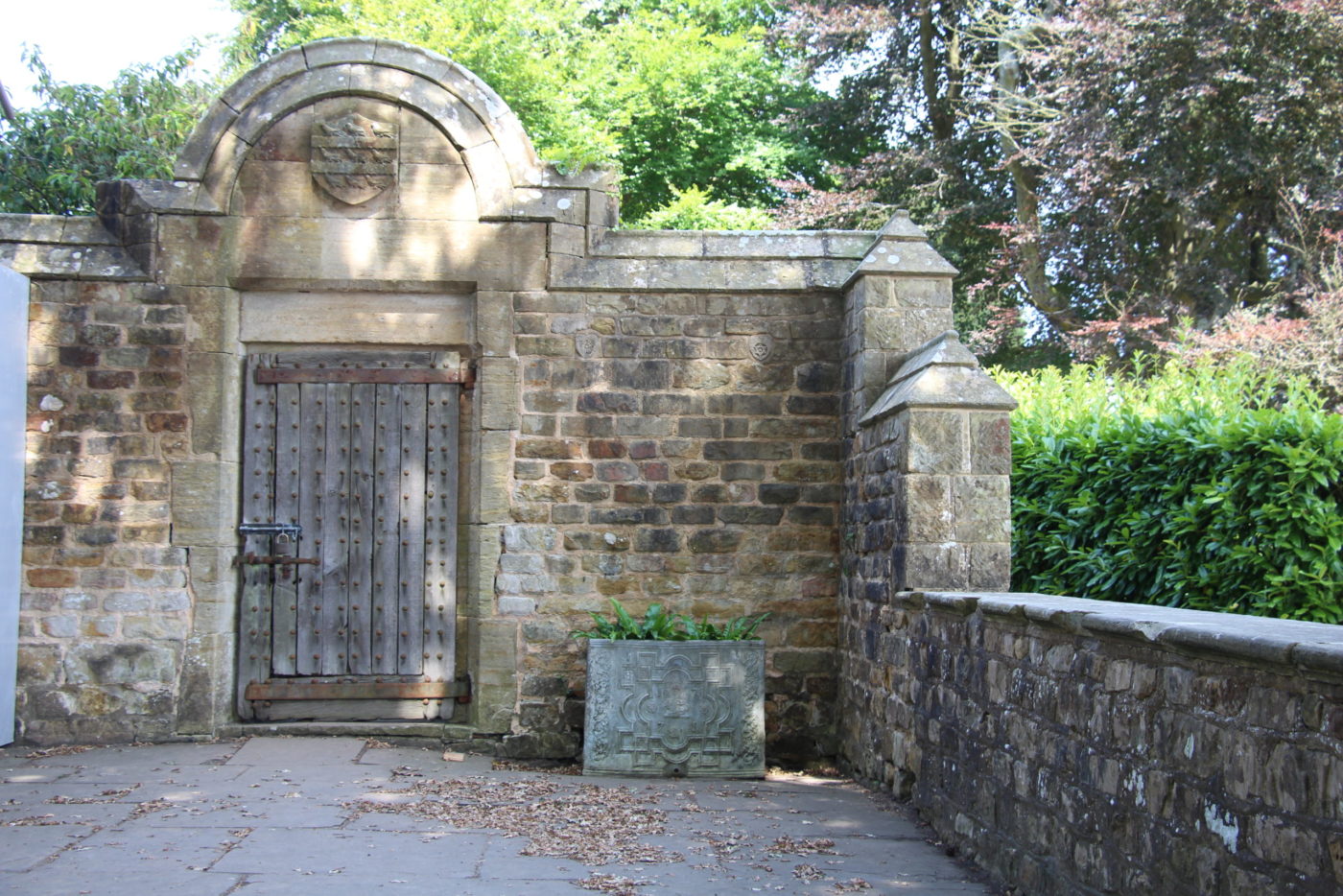-
Parts of a Wall

Garden walls are constructed from 5 distinct elements: Subgrade The first, the subgrade, is the ground the entire structure stands upon and so its stability and load bearing ability determines on whether the wall is going to remain standing. For these reasons the wall foundation should be onto undisturbed ground that has not been built…
-
Clematis tangutica

This charming clematis spices is quite different from the large flowered cultivars usually grown in gardens. The small pixie hat flowers make up for their small size by their numbers which appear from June through into autumn when they can be seen with typical feathery clematis seed heads. While not as showy as the large…
-
Walling Materials

Historically walls have tended to be built from the nearest suitable materials and this has to very individual regional building styles. Since the advent of modern mass transport this has begun to be broken down; except where local planning restrictions have protected it. That is not to say the local traditional building style has to…
-
What is a species
The idea of a species is fundamental to gardening and botany, but what is a species? A dictionary will give you a definition but not one which allows you to say this group of plants forms a species, as opposed to say a subspecies. The Cambridge Illustrated Glossary of Botanical Terms describes a species as,…
-
Castanea sativa

The Sweet (or Spanish) Chestnut (Castanea sativa Mill.) is probably most know for its edible nuts, traditionally eaten around Christmas time, but in fact it makes a very fine large tree. Clothed in thick glossy leaves, tolerant of a wide range of soil types and relatively free of disease it has been extensively planted through…
-
New Year – New Vegetable Plot
The arrival of the New Year inevitably starts you thinking about next summer’s vegetable crop and what to grow. This will of course be influenced by how much space you have available to grow food in and how keen a vegetable gardener you are. The vast majority of us only have so much space available,…
-
Types of garden walls

Free standing The simplest walls are free standing and these are normally used when boundaries are walled. In the UK garden walls above 2 metres high, unless they face the public highway when its 1 metre, require planning permission. That said this is only a basic guideline and local rules or covenants can often apply…
-
Botany for Gardeners by Brian Capon
The danger with this book is that is title may well put off many potential readers. The vast majority of gardeners do not see themselves as botanist: but spending hours studying the plants they grow, can’t grow and aspire to grow. As a gardener you consider the plants shape, colour, needs development and reproduction; yet…
-
Garden walls

The wall is one of the oldest manmade structures, and its use in gardens is as old as gardens themselves. The word comes from the West Saxon weall which in itself comes from the Latin vallum meaning a rampart and in the garden walls are used as a natural development of earth ramparts. Initially walls…
-
Taxonomy
This is the process of classifying things into groups, and in biology placing them within a hieratical system of classification. It is the study of how living things fit into system of how we name them.








